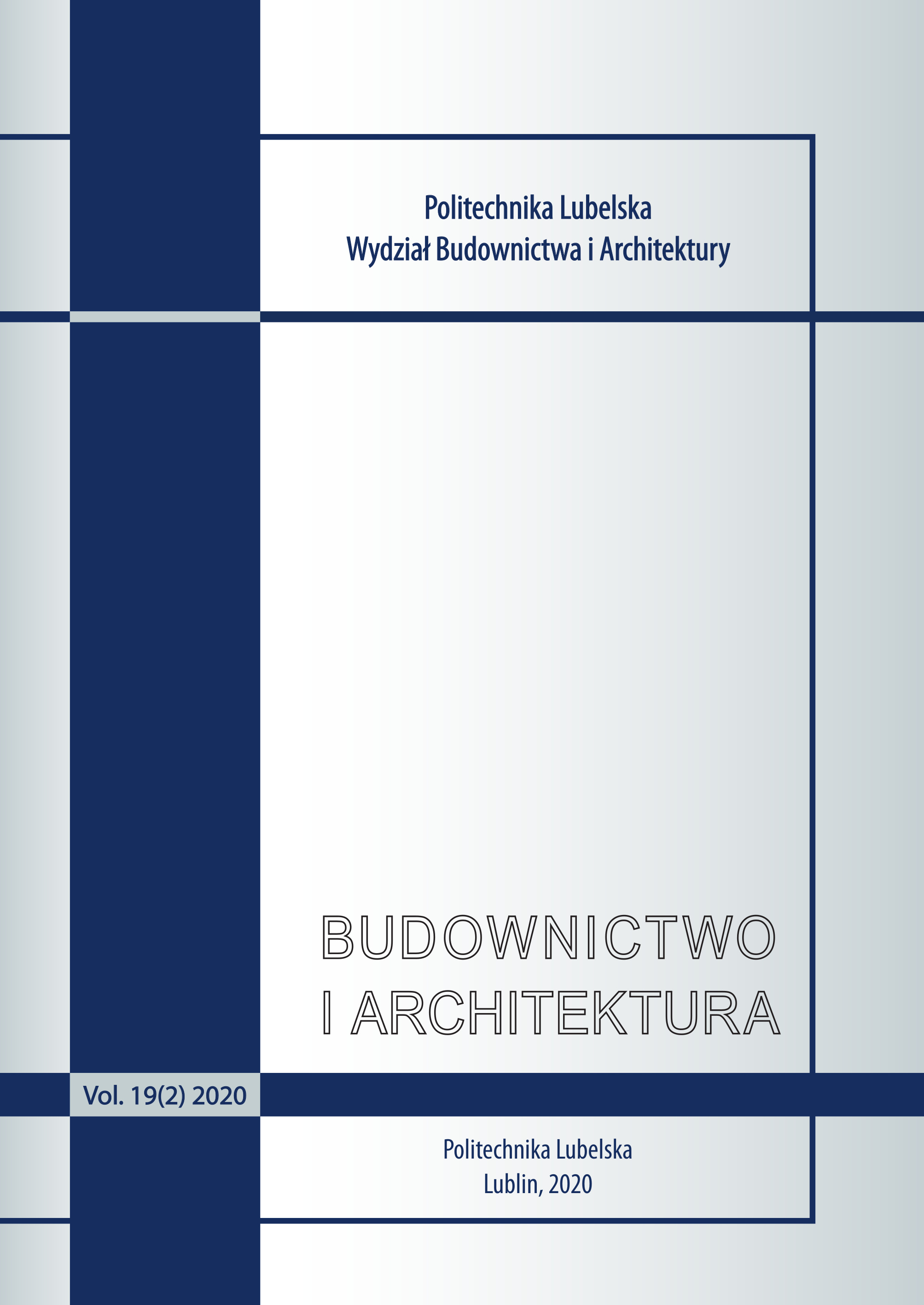Sulphate resistance of air entrained mortars with admixture of fly ashes
Monika Jaworska
Department of Civil Engineering and Architecture; Kielce University of Technology (Poland)
https://orcid.org/0000-0002-4380-9155
Abstract
The effects of entrained air on sulphate resistance of fly ash blended cements mortars long term immersed in Na2SO4 solution were investigated. The expansion strains and decrease in strength of air entrained mortars were faster than those of non-air entrained ones. It was found with SEM and XRD analyses that ettringite and gypsum were the main sulfate attack products. The SEM studies of mortars microstructure showed that the highest amount of ettringite observed occurred in air voids partially filled with this phase. The sulphate resistance of AE and nAE mortars containing high or low calcium fly ash blended cements was significantly higher compared to plain OPC mortar.
Keywords:
sulphate attack, air voids, air entrainment, mortars, fly ashesReferences
Yu Ch., Sun W., Scrivener K. Mechanism of expansion of mortars immersed in sodium sulfate solutions. Cement and Concrete Research, 2012.
DOI: https://doi.org/10.1016/j.cemconres.2012.10.001
Google Scholar
ACI 201.2R-01. Guide to durable concrete. ACI Manual of Concrete Practice, 2005.
Google Scholar
Ley M.T, Chancey R., Juenger M., Folliard K.J. The physical and chemical characteristics of the shell of air-entrained bubbles in cement paste. Cement Concrete Research 39 (2009) 417-425.
Google Scholar
Rashed A.I., Williamson R.B. Microstructure of entrained air voids in concrete. Part I. J. Mater. Research 6 (9) (1991) 2004–2012.
DOI: https://doi.org/10.1557/JMR.1991.2004
Google Scholar
Santhanam M., Cohen M. D., Olek J. Mechanism of sulfate attack: a fresh look Part 2. Proposed mechanisms. Cement and Concrete Research 33 (2003) 341–346.
DOI: https://doi.org/10.1016/S0008-8846(02)00958-4
Google Scholar
Wong H.S., Pappas A.M., Zimmerman R.W, Buenfeld N.R. Effect of entrained air voids on the microstructure and mass transport properties of concrete. Cement and Concrete Research 41 (2011) 1067–1077.
Google Scholar
Giergiczny Z. Rola popiołów lotnych wapiennych i krzemionkowych w kształtowaniu właściwości spoiw budowlanych i tworzyw cementowych. Monografia, Kraków 2006.
Google Scholar
Giergiczny Z. Popiół lotny w składzie cementu i betonu. Monografia, Gliwice 2013.
Google Scholar
PN-EN 197-1. Cement. Część 1: Skład, wymagania i kryteria zgodności dotyczące cementów powszechnego użycia.
Google Scholar
Baran T., Drożdż W. Ocena właściwości krajowych popiołów lotnych wapiennych i metody ich uzdatniania. Roads and Bridge 12(1) 2013.
Google Scholar
Galos K, Ulisza-Bocheńczyk A. Źródła i użytkowanie popiołów lotnych ze spalania węgli w Polsce. Gospodarka Surowcami Mineralnymi 21(1) 2005.
Google Scholar
Szponder K. Badania wybranych właściwości popiołów lotnych z zastosowaniem analizy obrazu. Rozprawa doktorska, Kraków 2012.
Google Scholar
Ramachandran V.S. Concrete admixtures handbook. Properties, Science and Technology, Noyes Publications, Westwood s.571, 1984.
Google Scholar
Authors
Monika JaworskaDepartment of Civil Engineering and Architecture; Kielce University of Technology Poland
https://orcid.org/0000-0002-4380-9155
Statistics
Abstract views: 229PDF downloads: 141
License

This work is licensed under a Creative Commons Attribution-NonCommercial-NoDerivatives 4.0 International License.
Budownictwo i Architektura supports the open science program. The journal enables Open Access to their publications. Everyone can view, download and forward articles, provided that the terms of the license are respected.
Publishing of articles is possible after submitting a signed statement on the transfer of a license to the Journal.








